Regev Elya here, founder of Pernicious Anemia Relief.
This is an updated list of different cultural foods that originally appeared on my personal website. We’ve migrated this list here to PA Relief and gave it a twist – only B12-rich foods are allowed. We wanted to show where people around the world get their vitamin B12 from – it comes in a variety of all shapes, colors, and types of food forms. Some of the photos below I took during my travels, and some we sourced elsewhere.
B12-Rich Foods In Different Countries
France: Escargots de Bourgogne, snails cooked with garlic and parsley. Some species are rich sources of B12. Tiger snails, for example, may contain 16.58µg/100g.
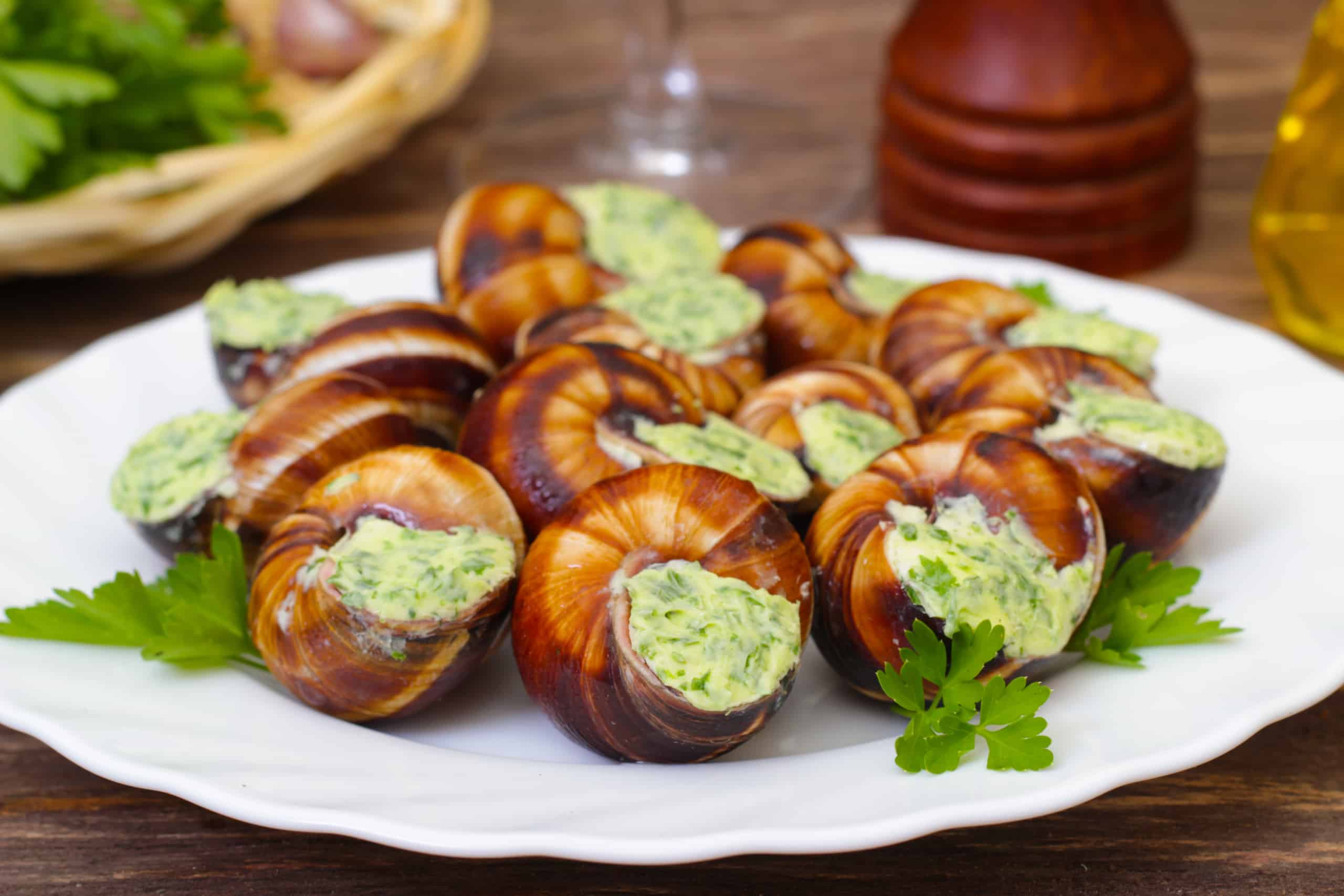
USA: Smoked beef ribs, a classic dish of American cuisine. Beef ribs contain 2.6µg of B12 per 100g. May not seem like a lot next to our injectable methyl B12, but as a nutritional source it is respectable. Remember, you need just a few micrograms of B12 a day.
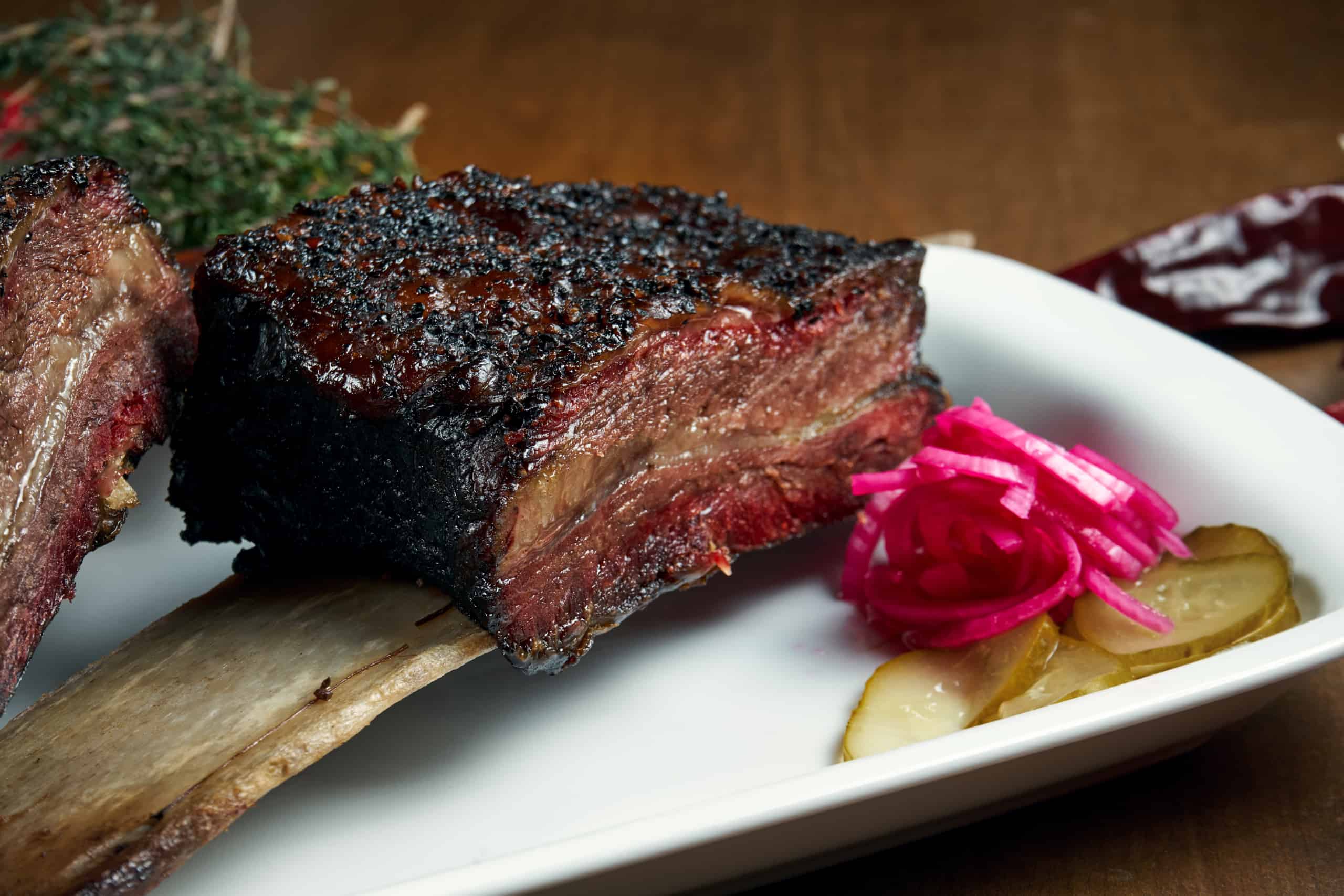
Norway: Deer medallions in gravy with cranberry jam, roasted potatoes and vegetables on the side. Venison is packed with a whole heap of B vitamins, B12 included.
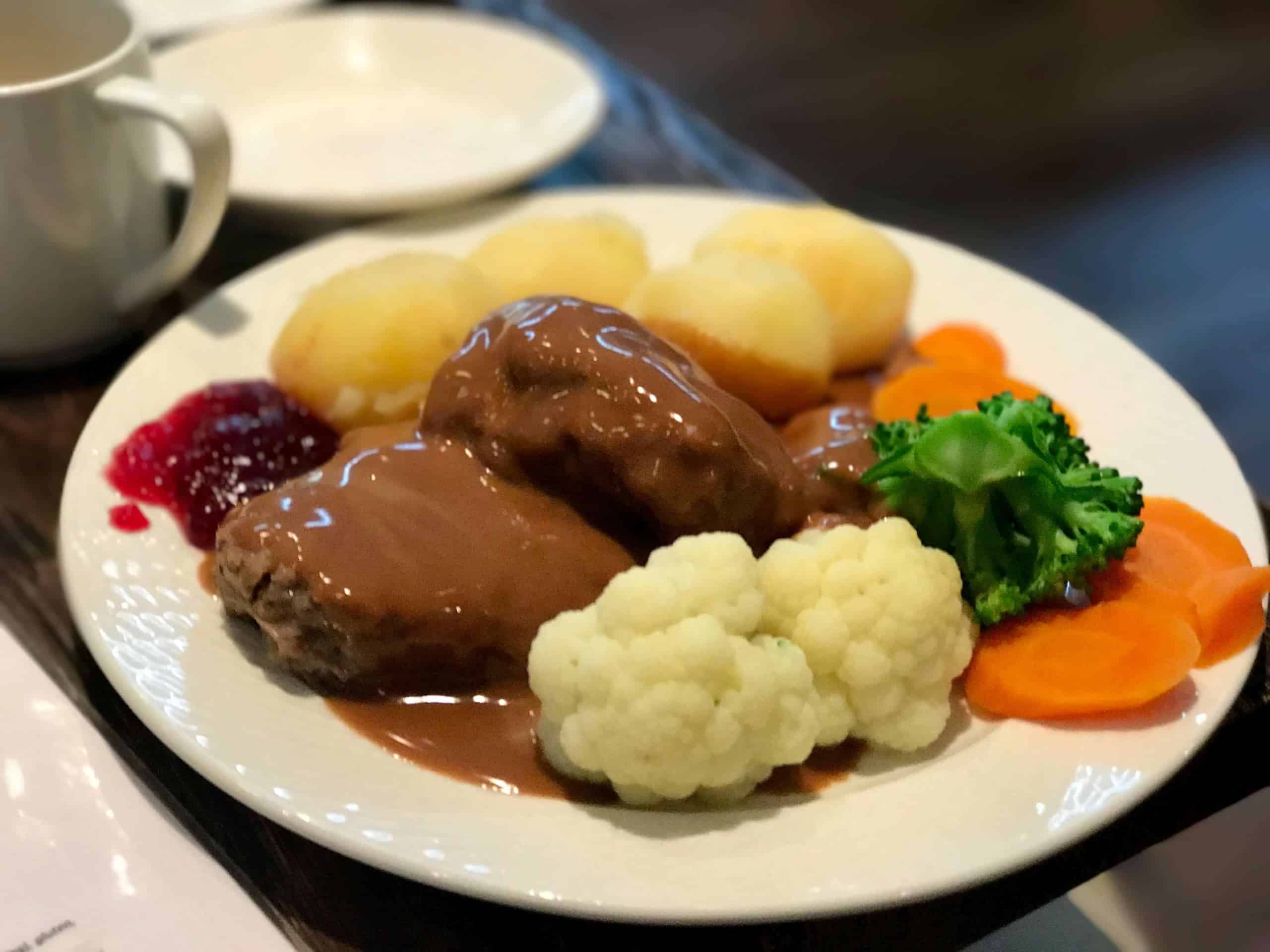
Ethiopia: Doro wat, an onion-based, spicy Ethiopian stew with chicken and hard boiled eggs, both containing respectable amounts of vitamin B12.
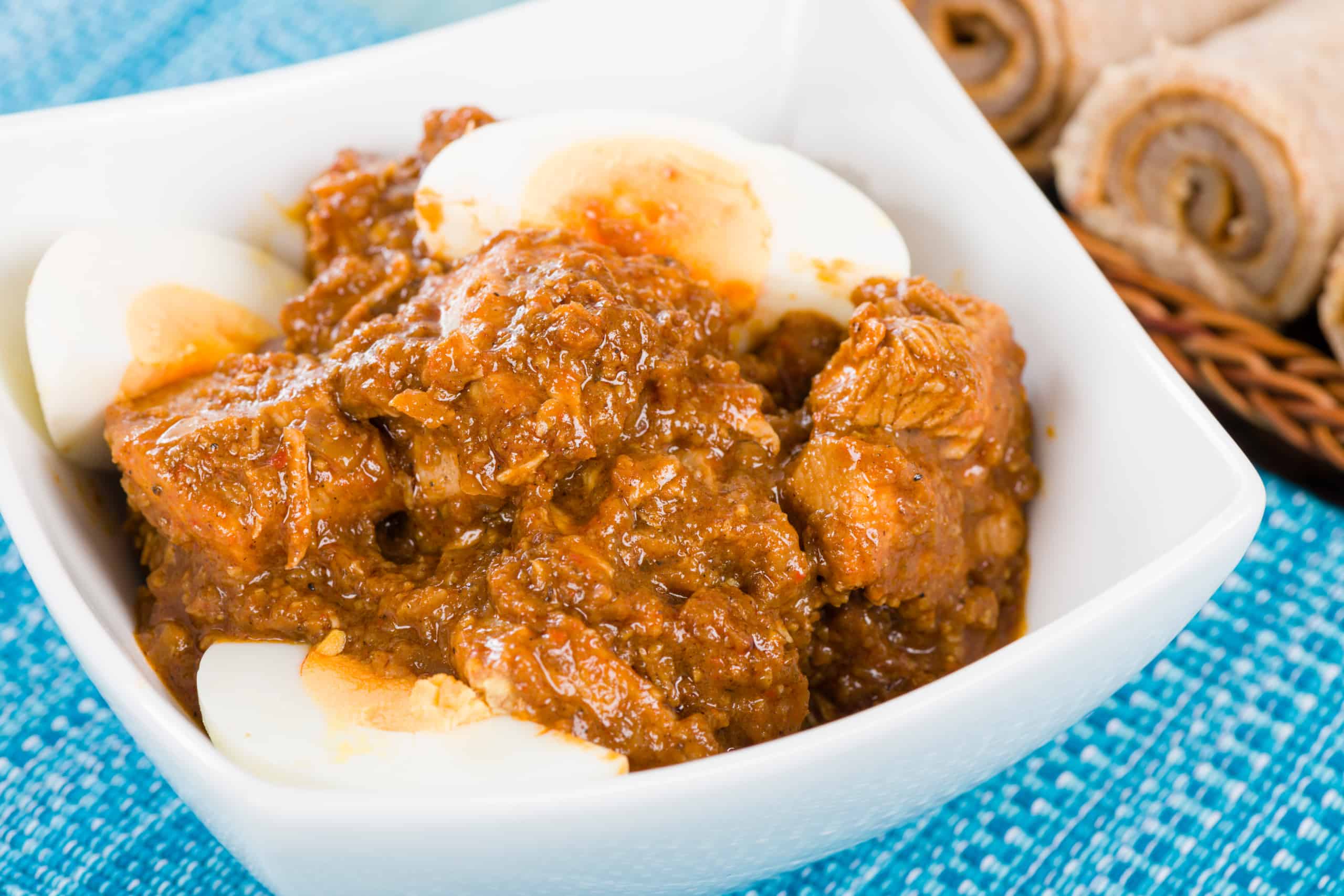
Panama: Bistec picao and patacones, or chopped steak with fried green plantains, a typical dish in Panama. Beef steak contains 2.6µg of B12 per 100g.
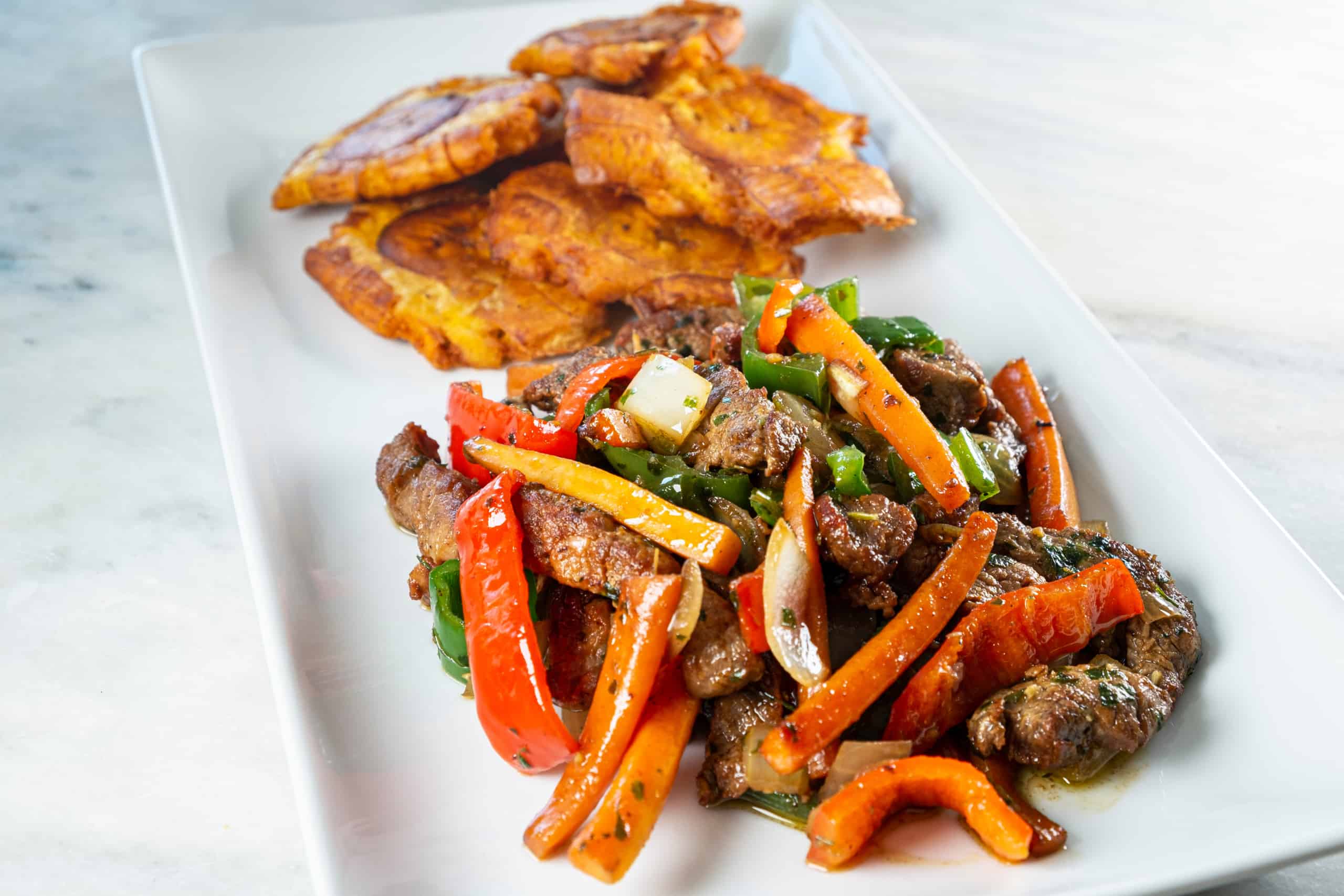
Belgium: Horse steak! Contains 3.2µg of B12 per 100g, more than lamb, veal, beef, or lamb steak. Eaten in neighboring France as well.
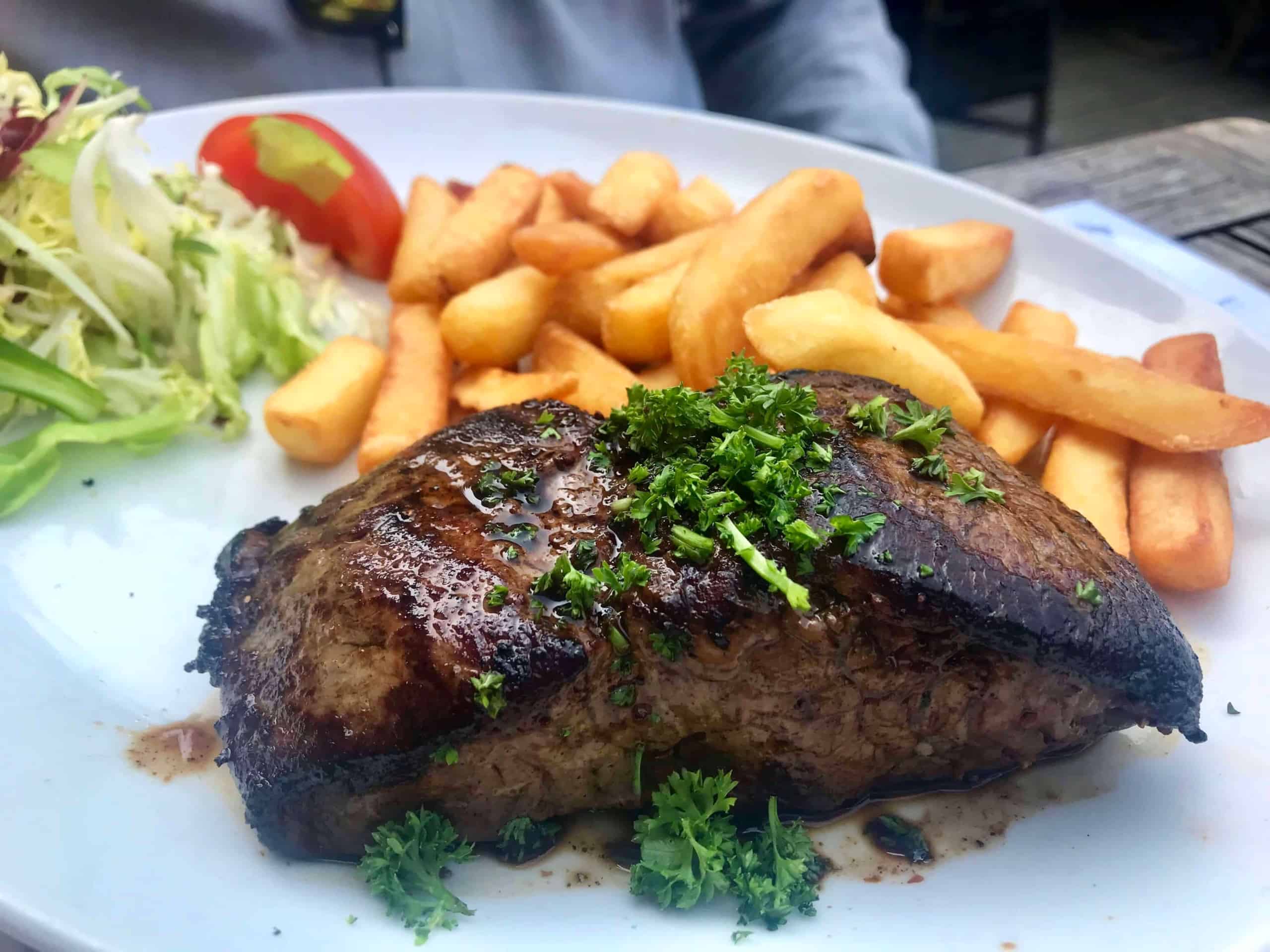
Portugal: Cozido das Furnas, the famous traditional dish of the Furnas valley in the Azorean island of Sao Miguel, Portugal. Vegetables and meat are cooked for hours in a pot placed inside the hot volcanic soil of the Furnas.
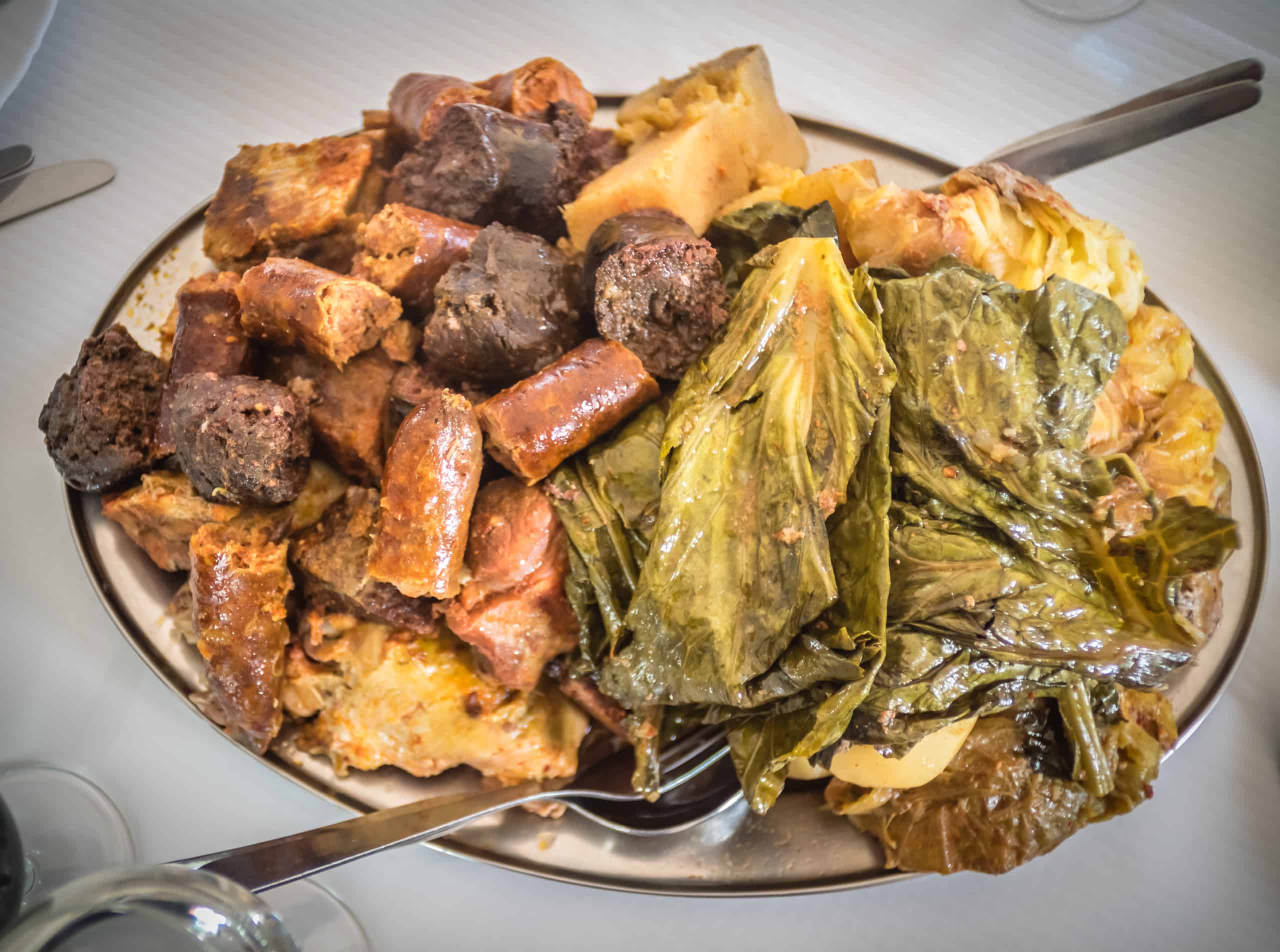
Italy: Linguine allo scoglio, an Italian dish made from pasta and mussels. Blue cooked mussels (the common type) contain a whopping 24µg of B12 per 100g.
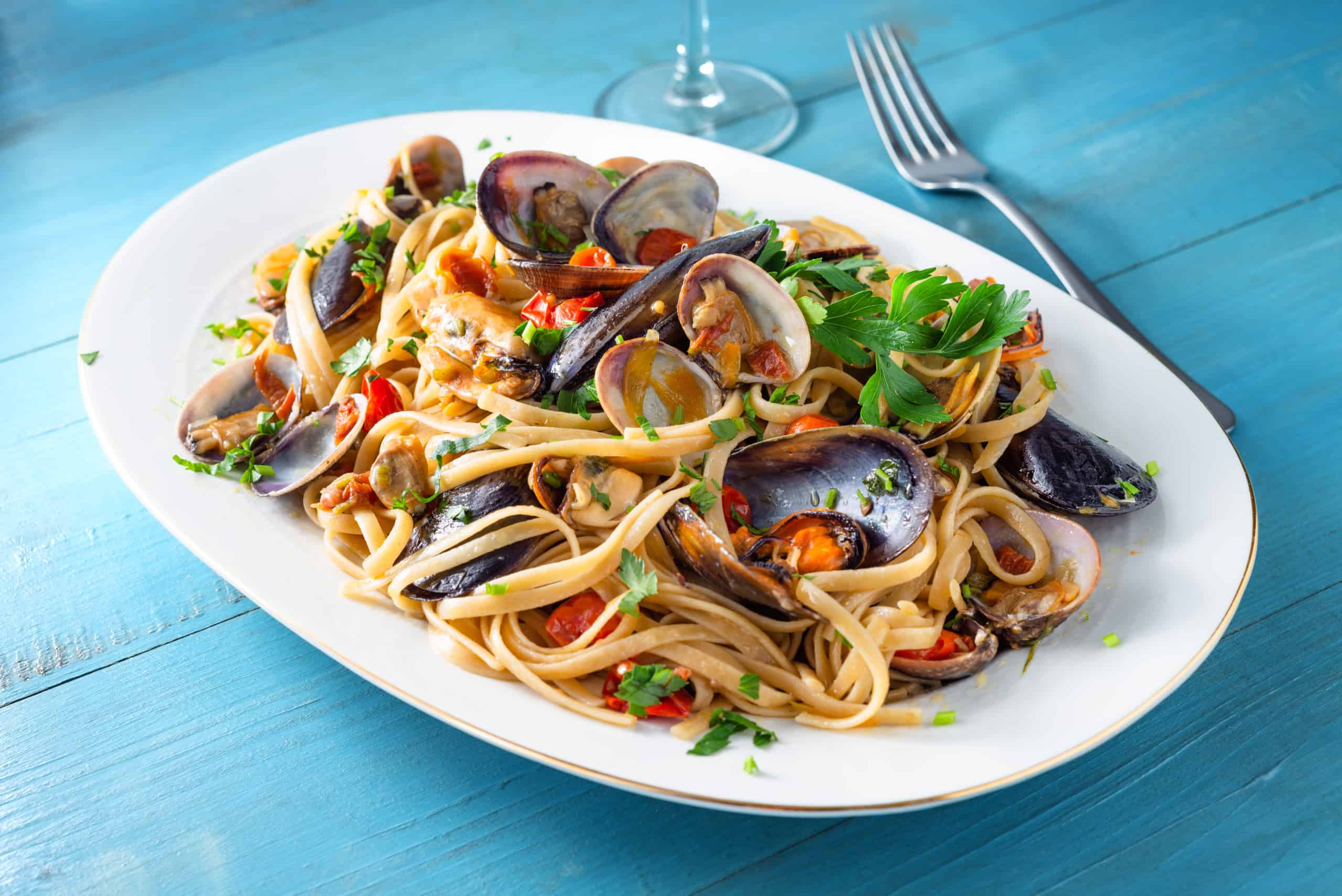
Myanmar (Burma): The typical soup you’ll find in Burma. It is rich in flavor, and filled with beef and eggs, both are great sources of vitamin B12.
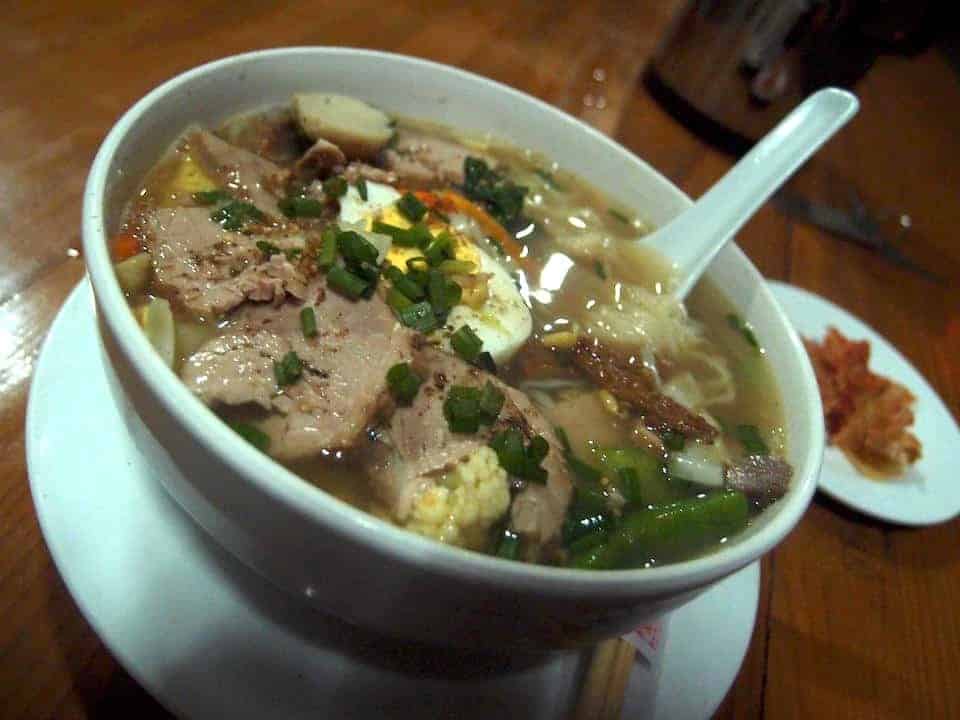
Mexico: Higado encebollado, beef liver with onion. Beef liver is a huge source of B12 – 70.6µg per 100g. In mammals, the liver stores B12 (as well as other vitamins and minerals), so this shouldn’t be surprising at all.
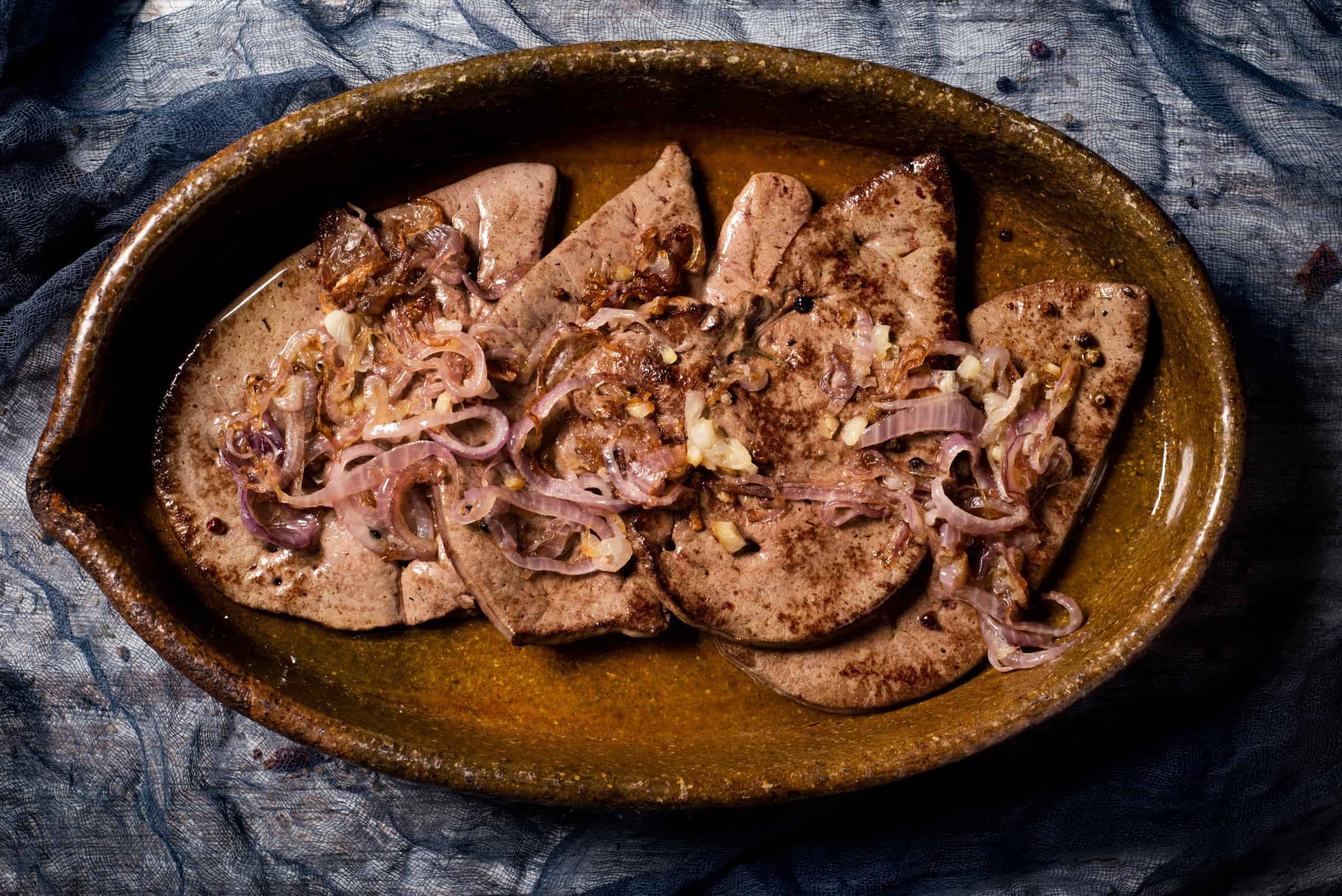
Montenegro: Similar to the above. Montenegrin beef liver with red onion.
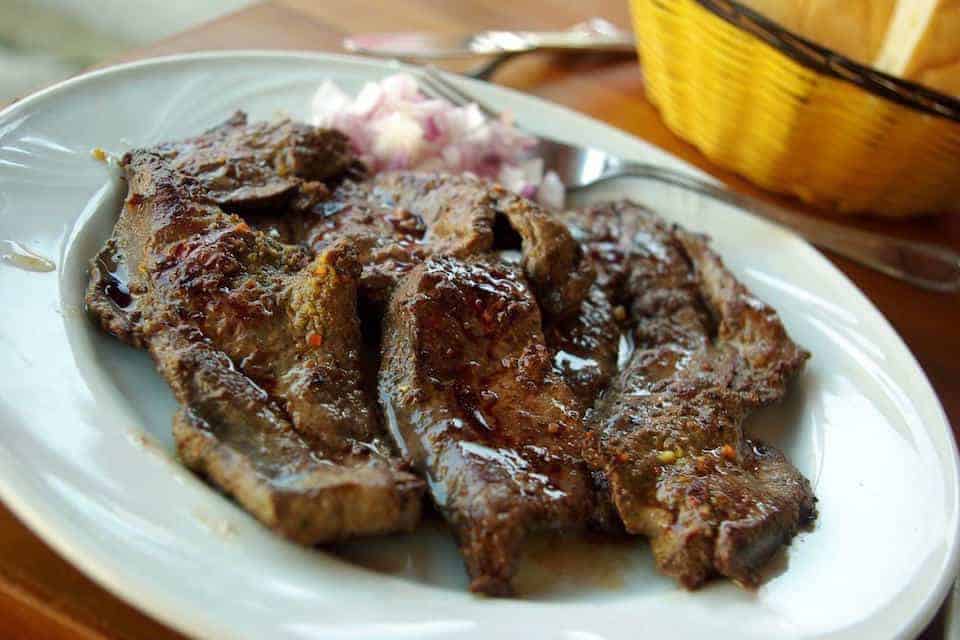
Spain: Typical Spanish seafood paella, full of mussels, clams, and shrimp. Clams are the richest source of B12, sporting 99µg of B12 per 100g. This is 4,120% of the suggested 2.4µg daily dose of B12. Just a single clam contains 9-10µg, four times that dose.
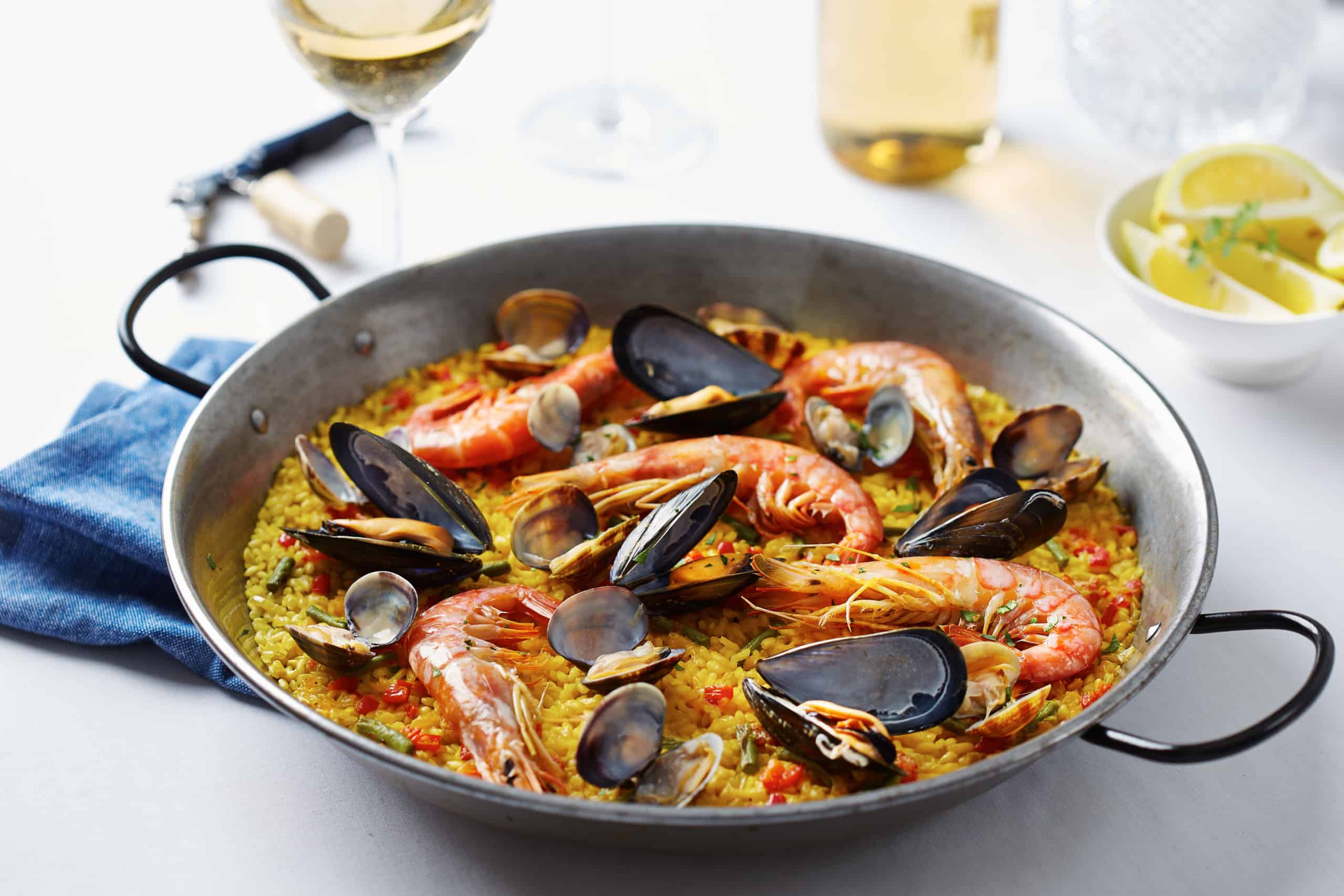
Japan: Sushi in Japan comes with seafood including sea urchin, clam, caviar, tuna belly, salmon, and more. Many of those contain significant amounts of B12.

South Africa: The Cape Malays are a Muslim ethnic group in South Africa, and the lamb & apricot Cape Malay curry is their famous food. Lamb is rich in B12, and so is this dish.
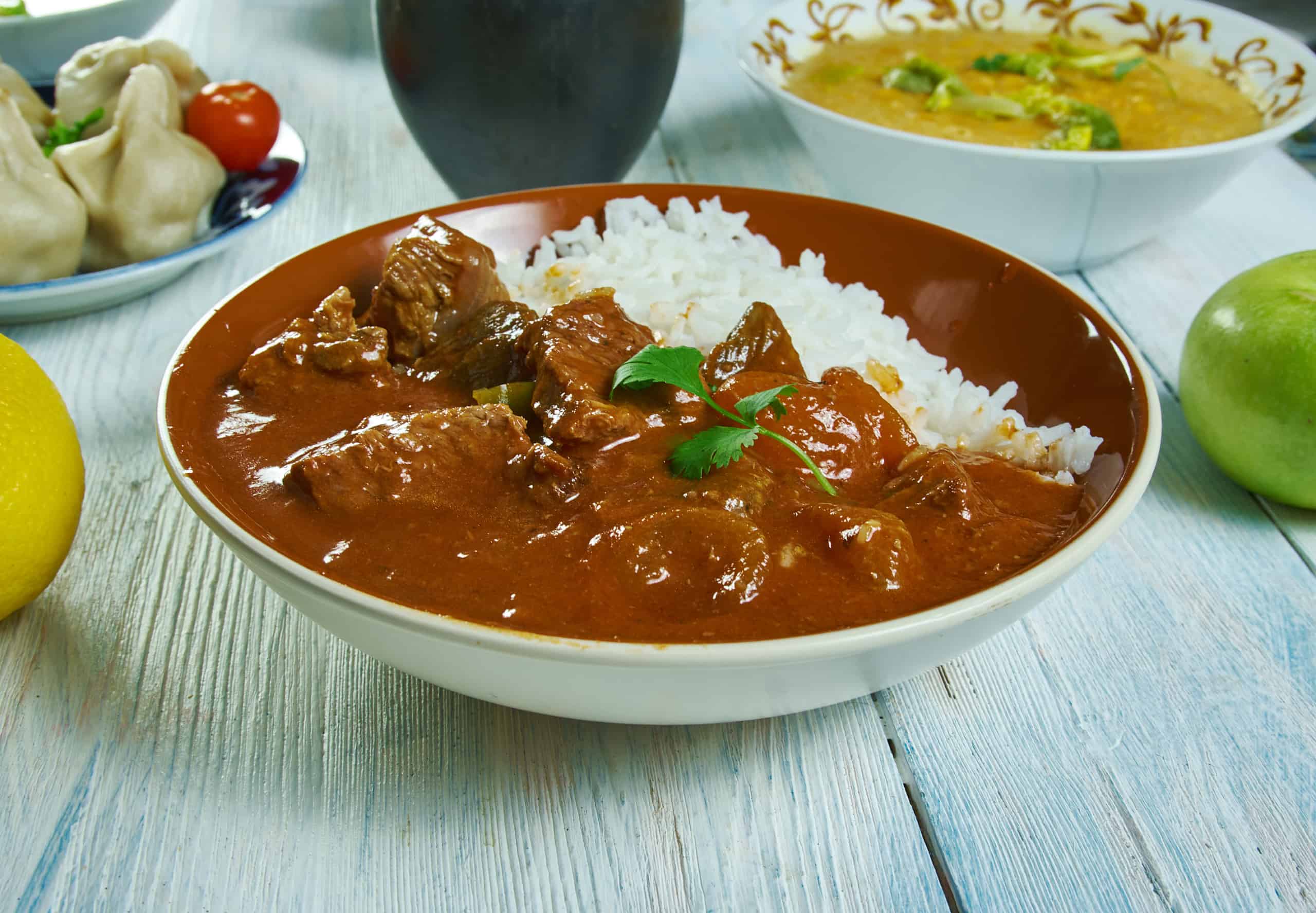
New Zealand: Fresh seafood from New Zealand. Octopus, lobster, oysters, and other seafood are generally all very rich in vitamin B12.
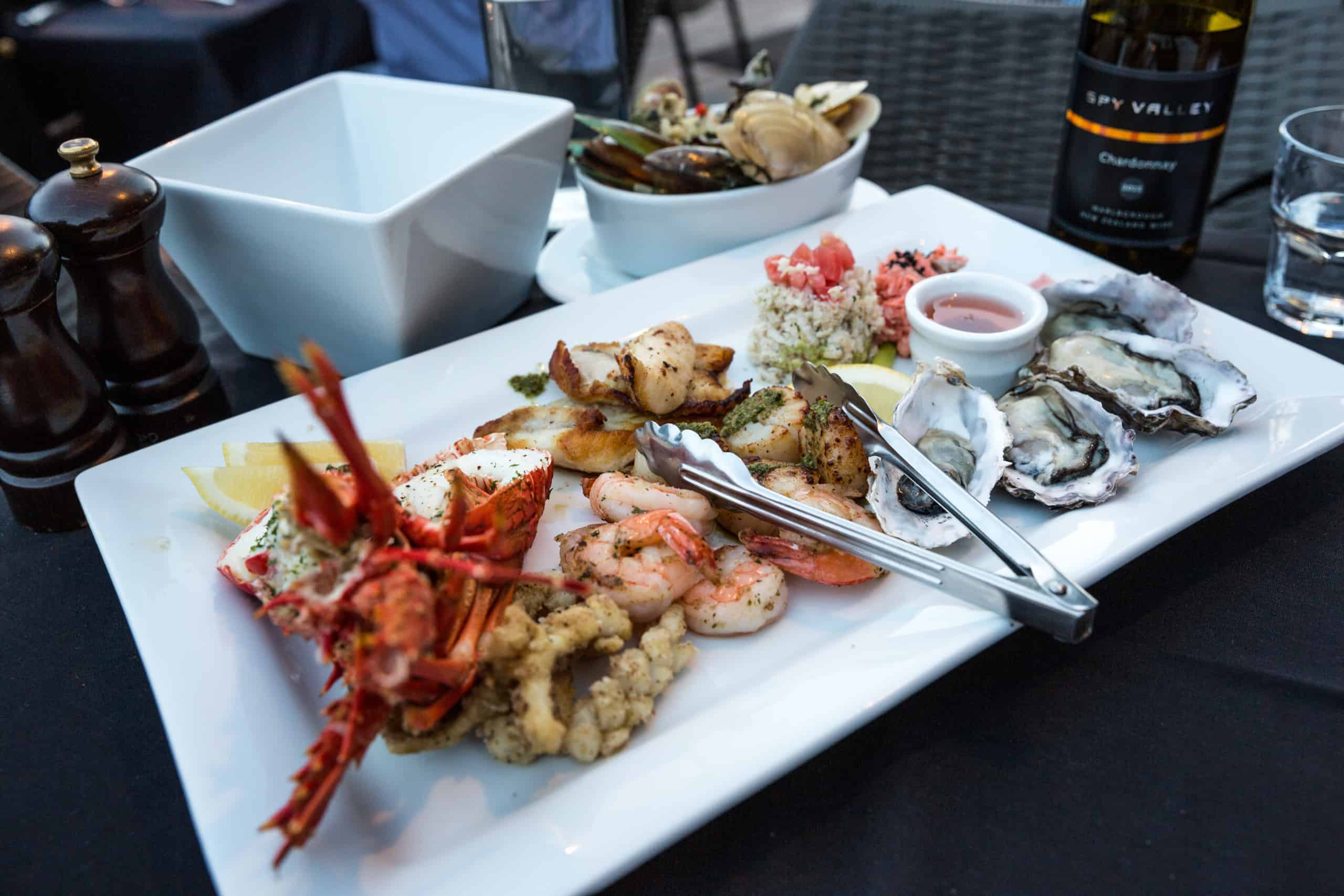
Georgia: Traditional khinkali from Georgia (the country in the Caucasus, not the American state). The most popular filling is a mix of pork and beef. In the mountains, lamb is more popular, and is also richer in vitamin B12.
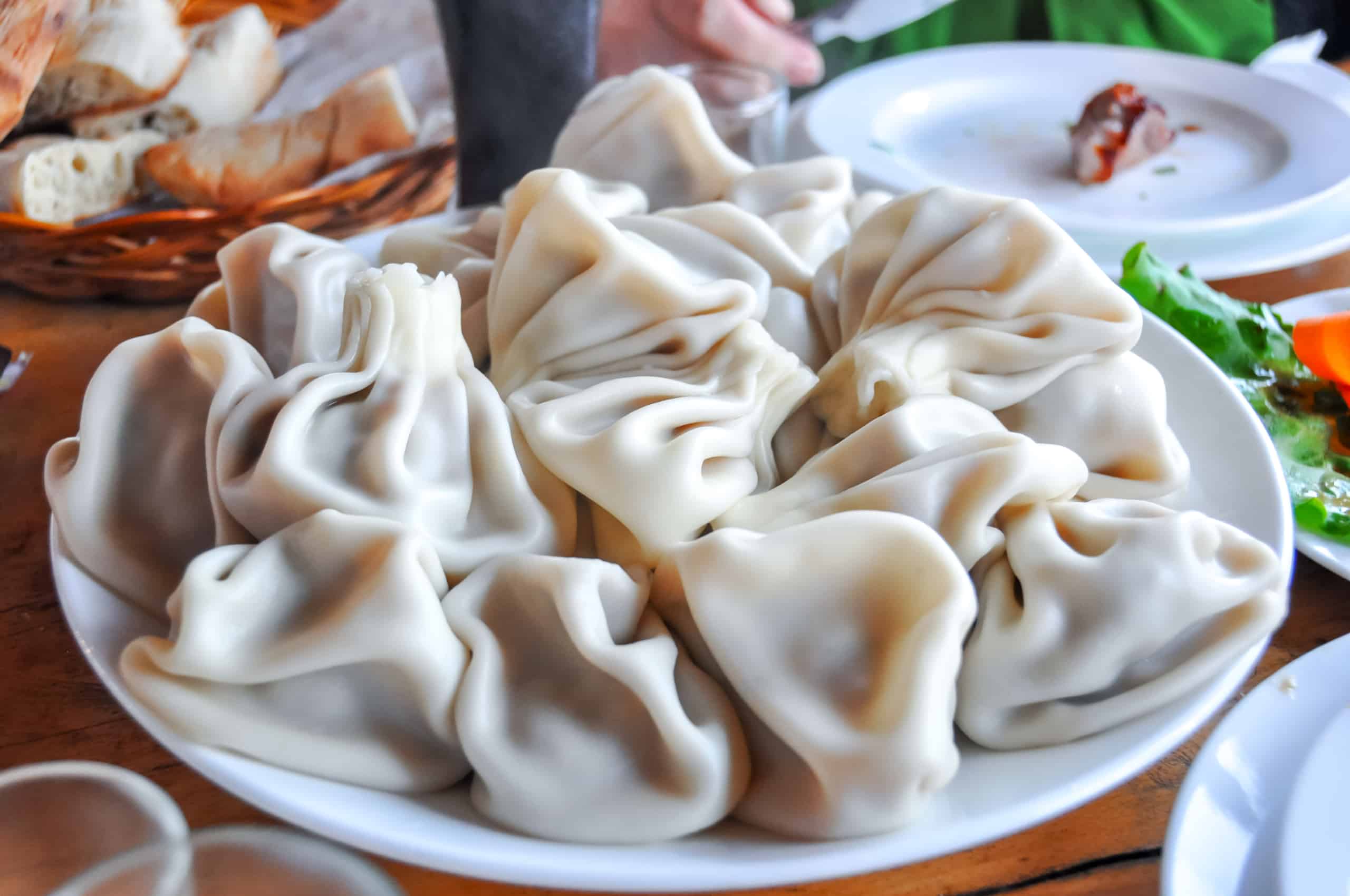
Southeast Asia: Commonly referred to as balut, boiled fertilized duck embryos are a treat believed to increase libido and sexual virility. If you’re a Westerner, this food may come as a shocker, but it is eaten liberally across the Philippines, Laos, Vietnam, Cambodia, and Thailand. Duck eggs contain four times as much B12 compared to chicken eggs.
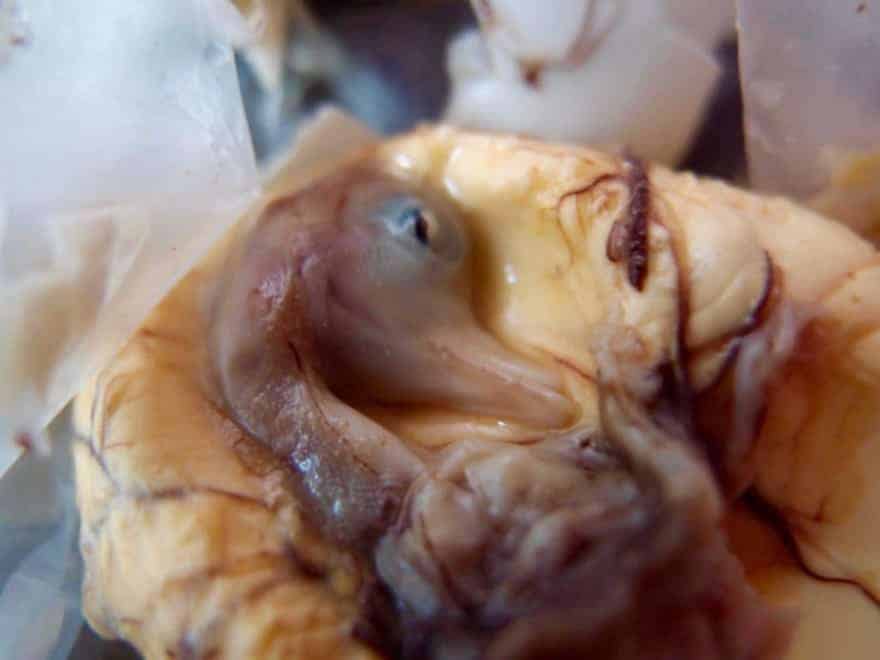
Jewish: Hamin, a traditional Jewish stew celebrated by Jews in Israel and the rest of the world. It is slow-cooked overnight for 12-18 hours, and eaten for lunch on Saturday. Since it has meat and eggs, it also contains a nice amount of vitamin B12.
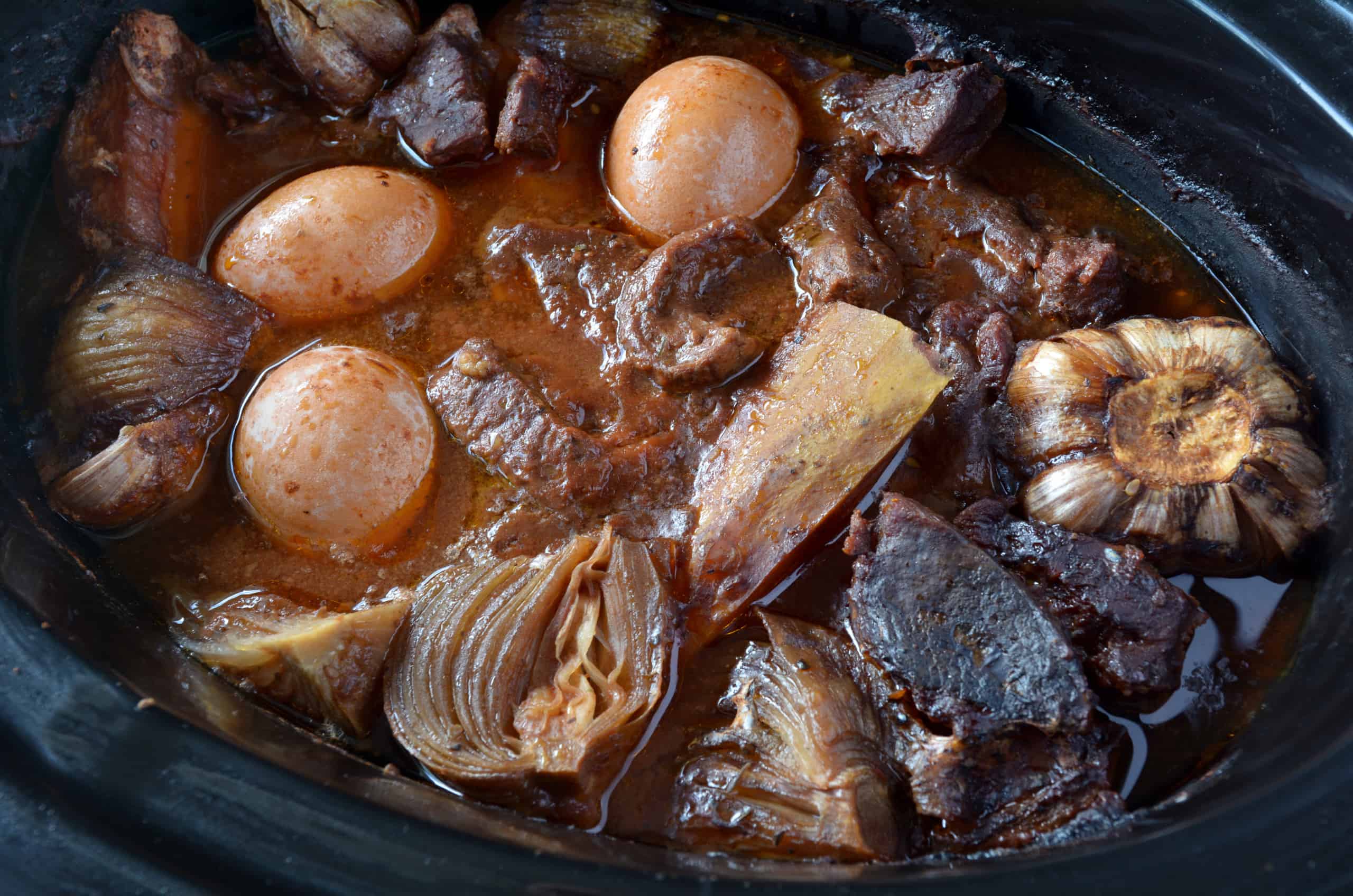
Hungary: Rabbit leg. Rabbit meat contains a nice amount of vitamin B12, 6.5µg per 100g. Similar dishes are served in other Eastern European countries.
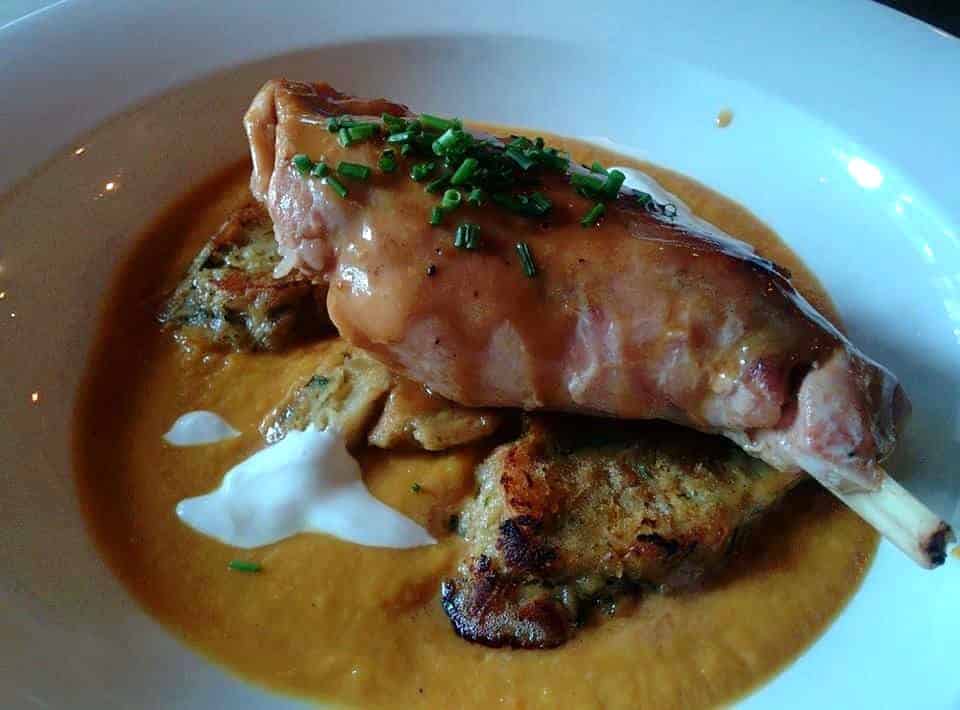
Indonesia: Gulai otak, or cow brain, with Padang sauce. Think of it as brain curry. It has a lot of B12, since cow brain has 10.1µg of the vitamin per 100g.
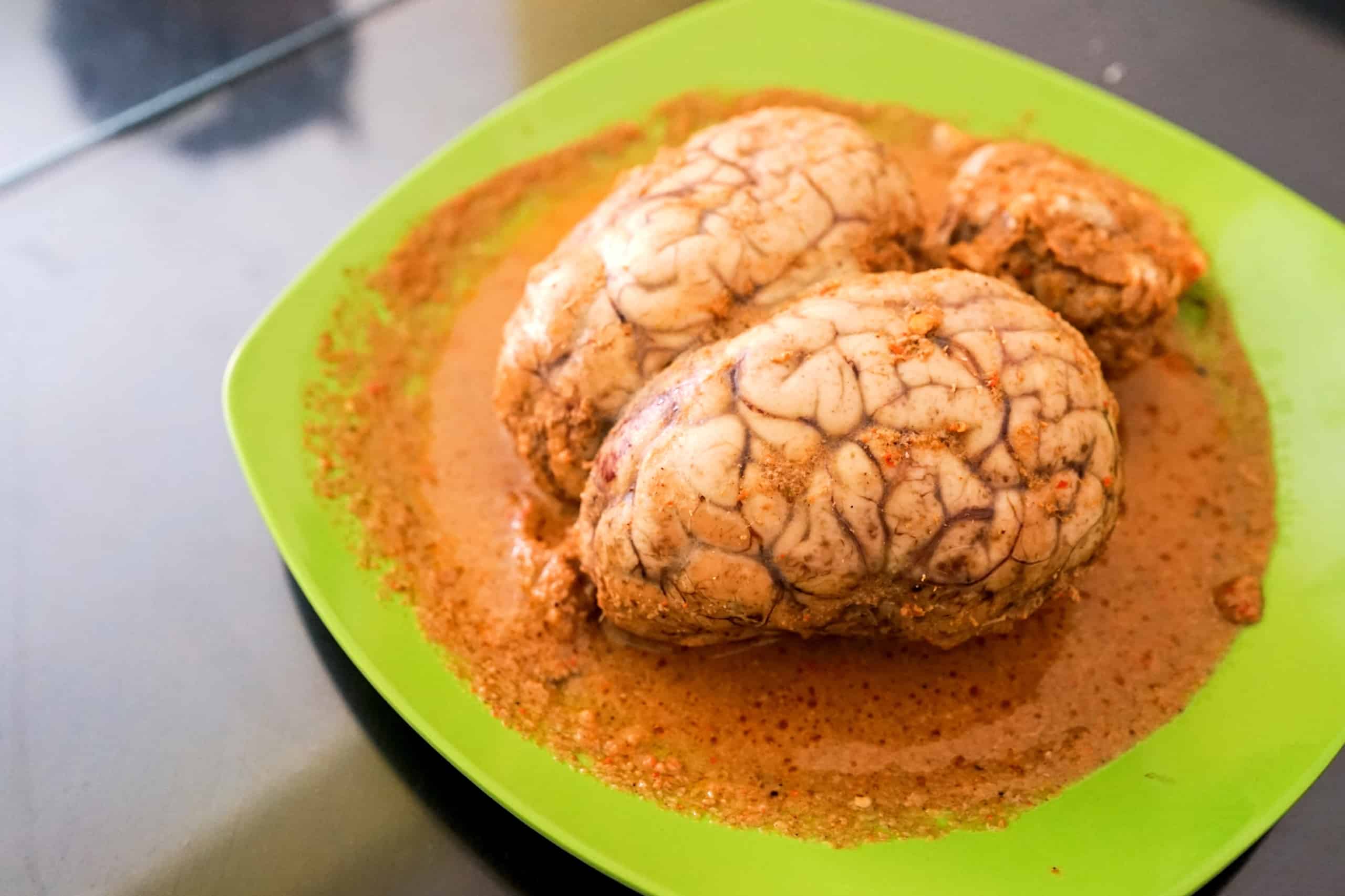
Korea: Boiled cockles, seasoned sweet and sour, and with red chili pepper. Cockles sport a tremendous 52.27µg of B12 per 100g.
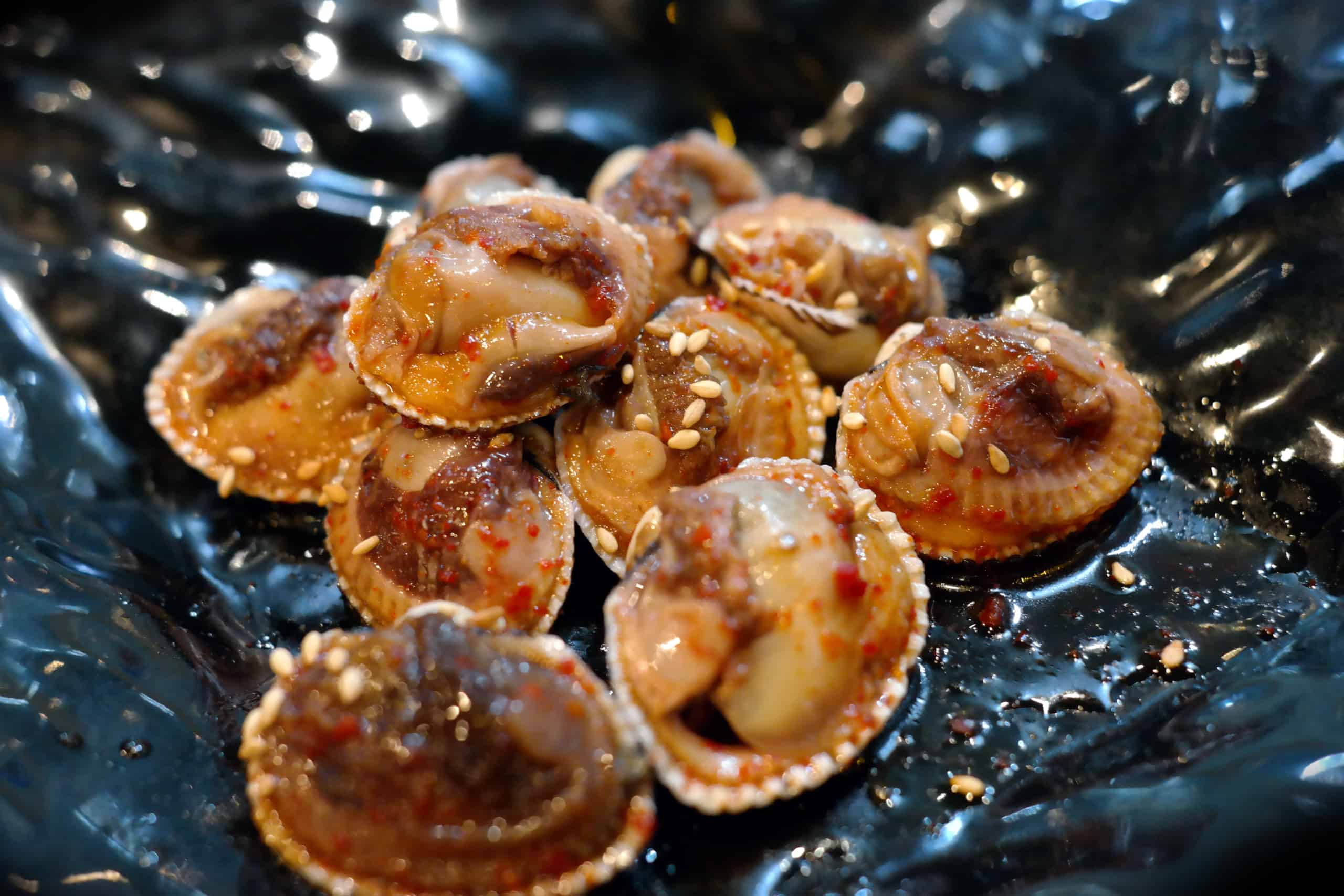
Arabian Peninsula: Lamb kabsa, regarded as a national dish in Saudi Arabia, Kuwait, Qatar, Bahrain, Yemen, Iran, and the United Arab Emirates. Lamb is rich in B12.
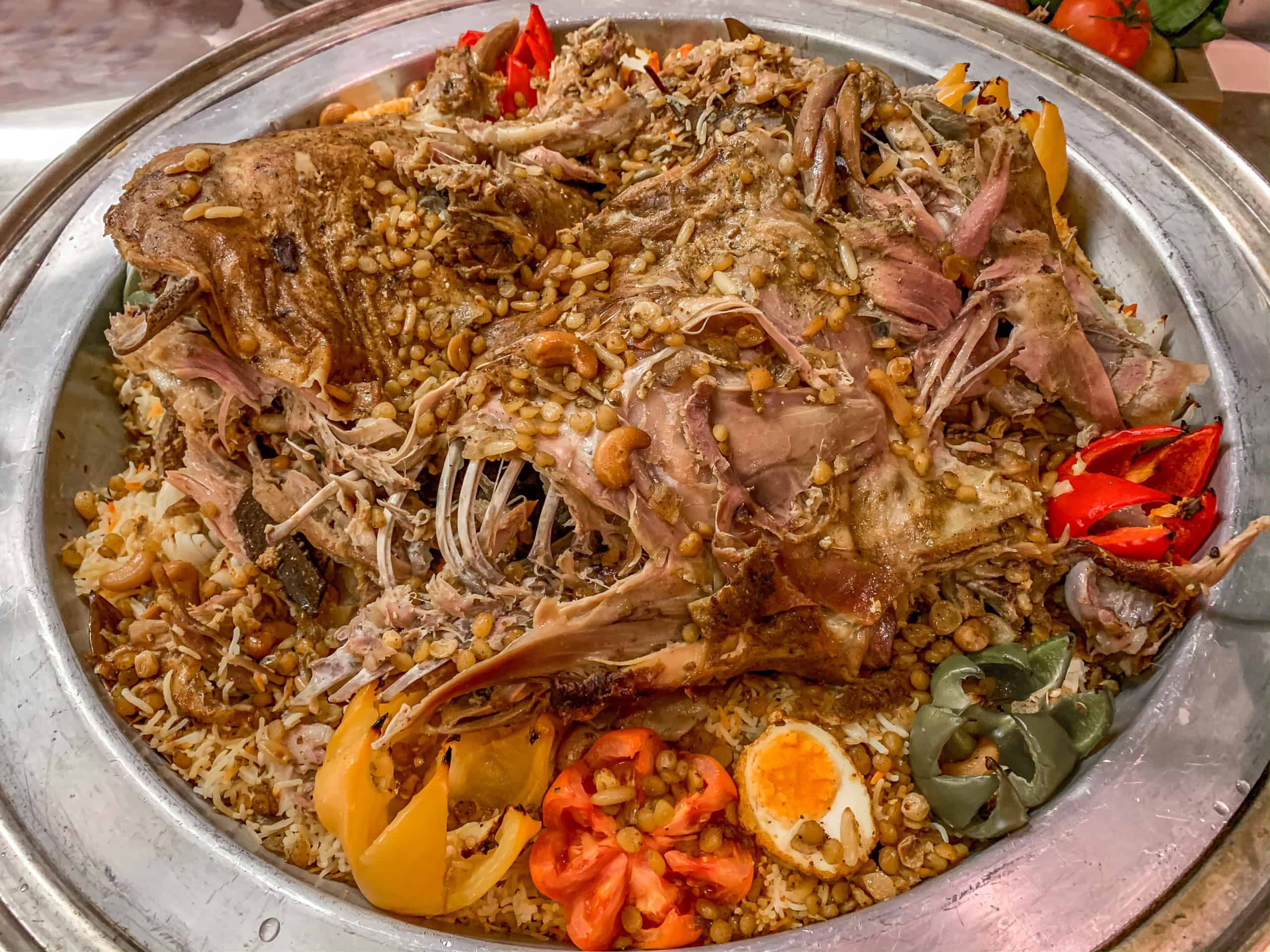
Argentina: Classic Argentine steak with chimichurri sauce and yellow rice. Beef steak contains 2.7µg of B12 per 100g, more than the daily recommended dose.
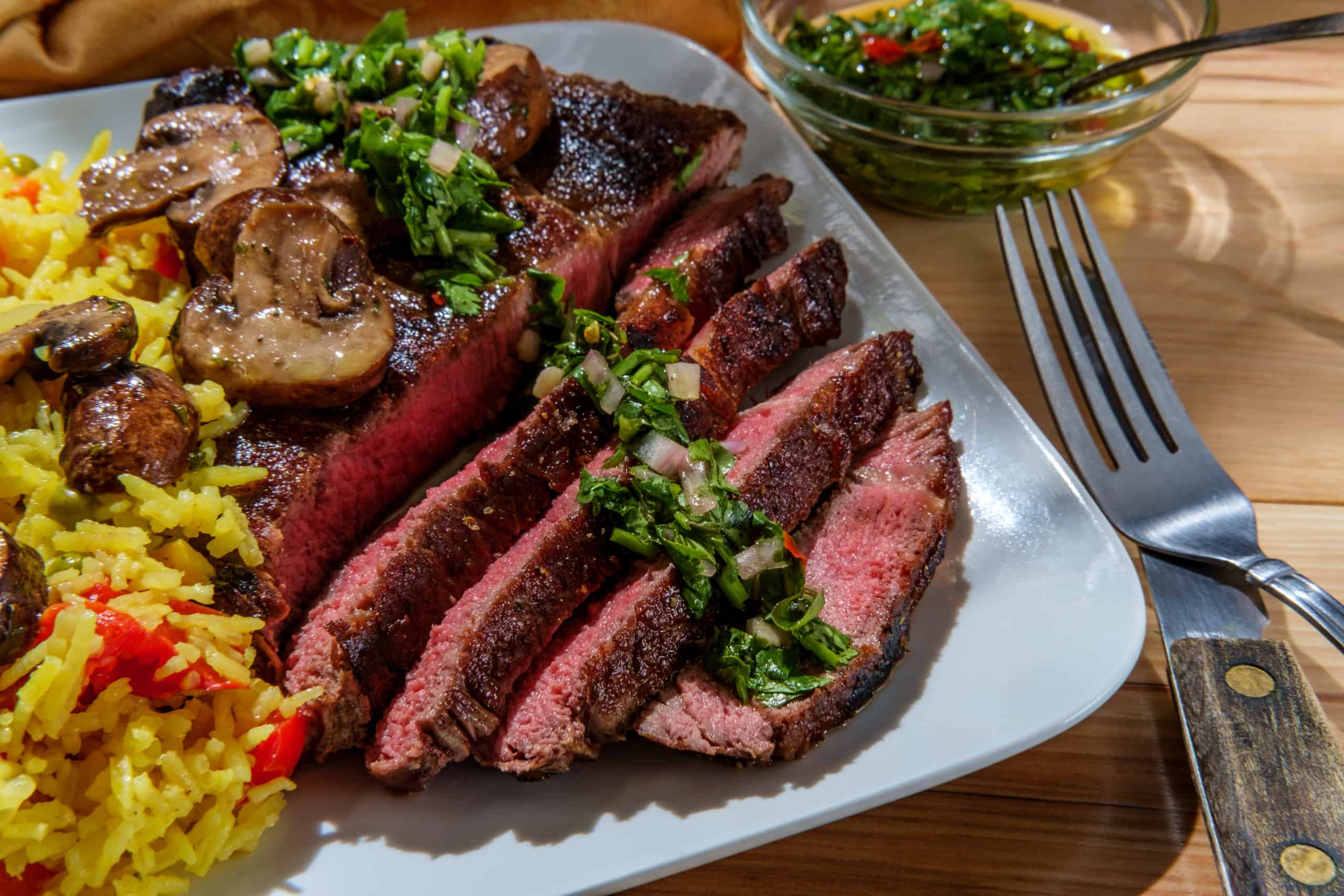
Madagascar: Grilled fish. In the African island of Madagascar, fresh fish is eaten liberally. Fish is an excellent source of B12, averaging 2.8µg of B12 per 100g.
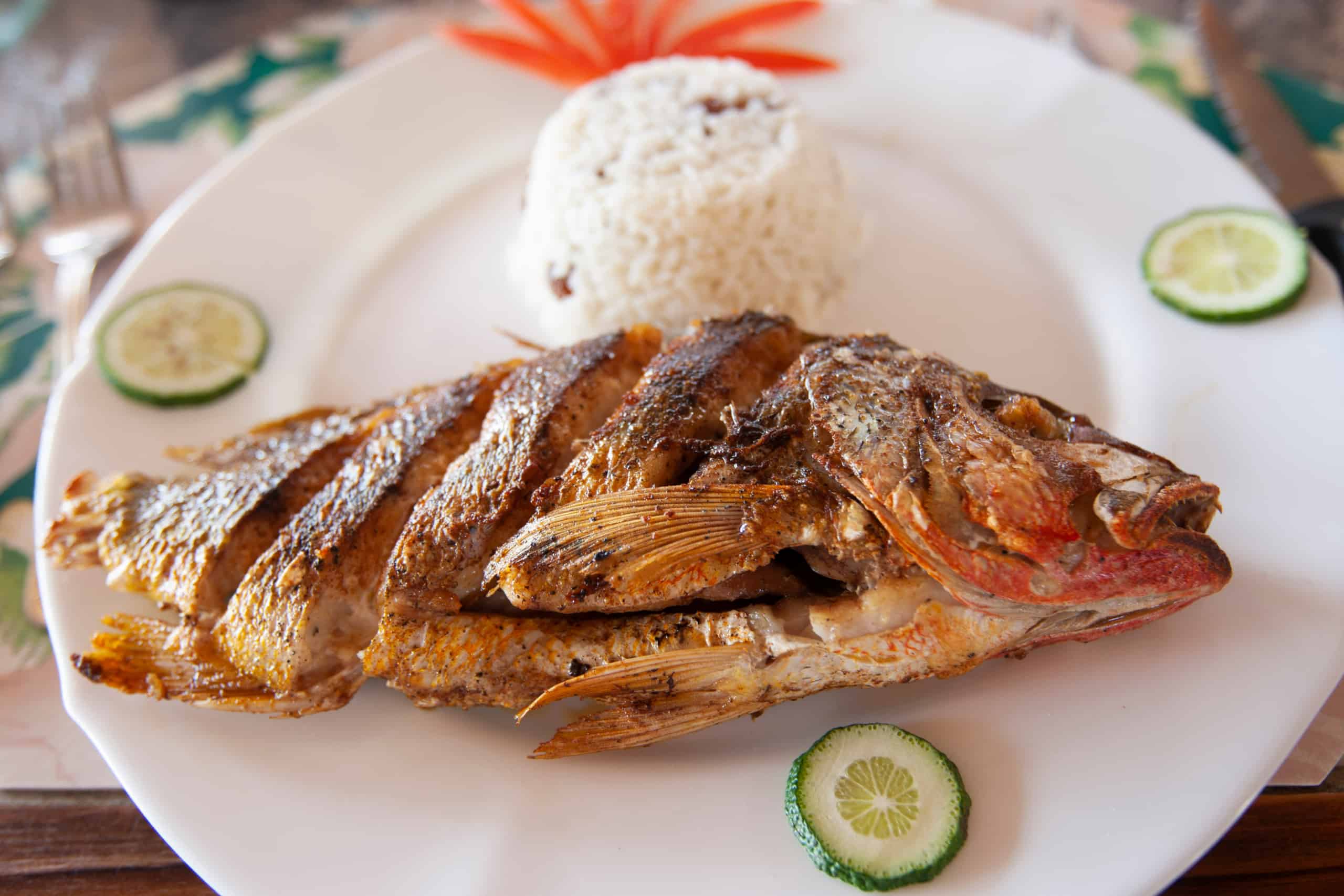
Iceland: Here’s a unique food to try when you visit Iceland. Svið, a traditional Icelandic dish made of a sheep’s head. This dish arose at a time when the natives couldn’t afford to waste any part of the slaughtered animal. As a bonus, sheep is rich in B12.
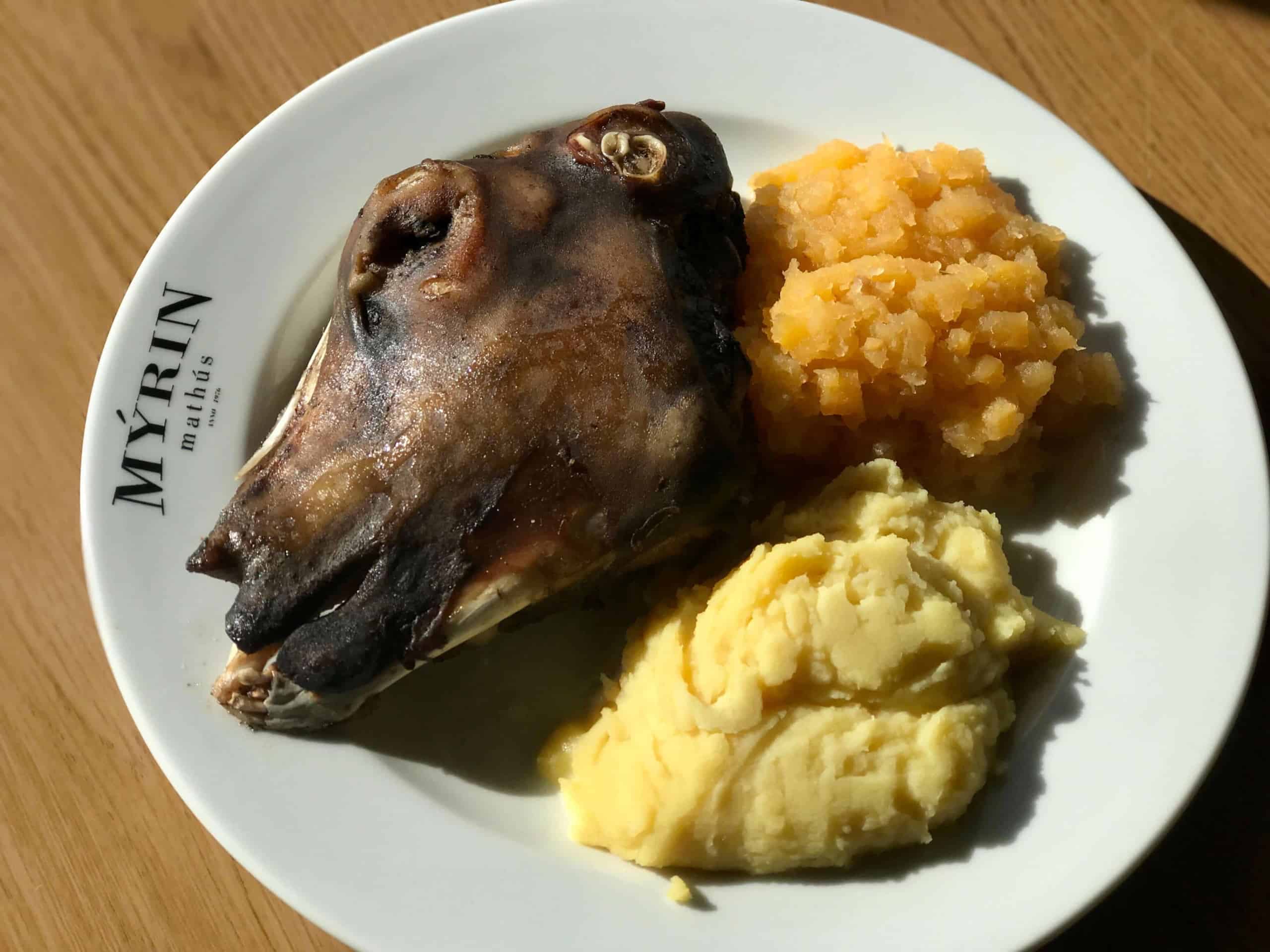
Armenia: Tjvjik, an Armenian dish made by frying pieces of liver, hearts, and kidneys with large amounts of onions. Sometimes, fresh herbs and grated or pureed tomatoes are added. Thanks to the organ meats, this dish is extremely rich in vitamin B12.
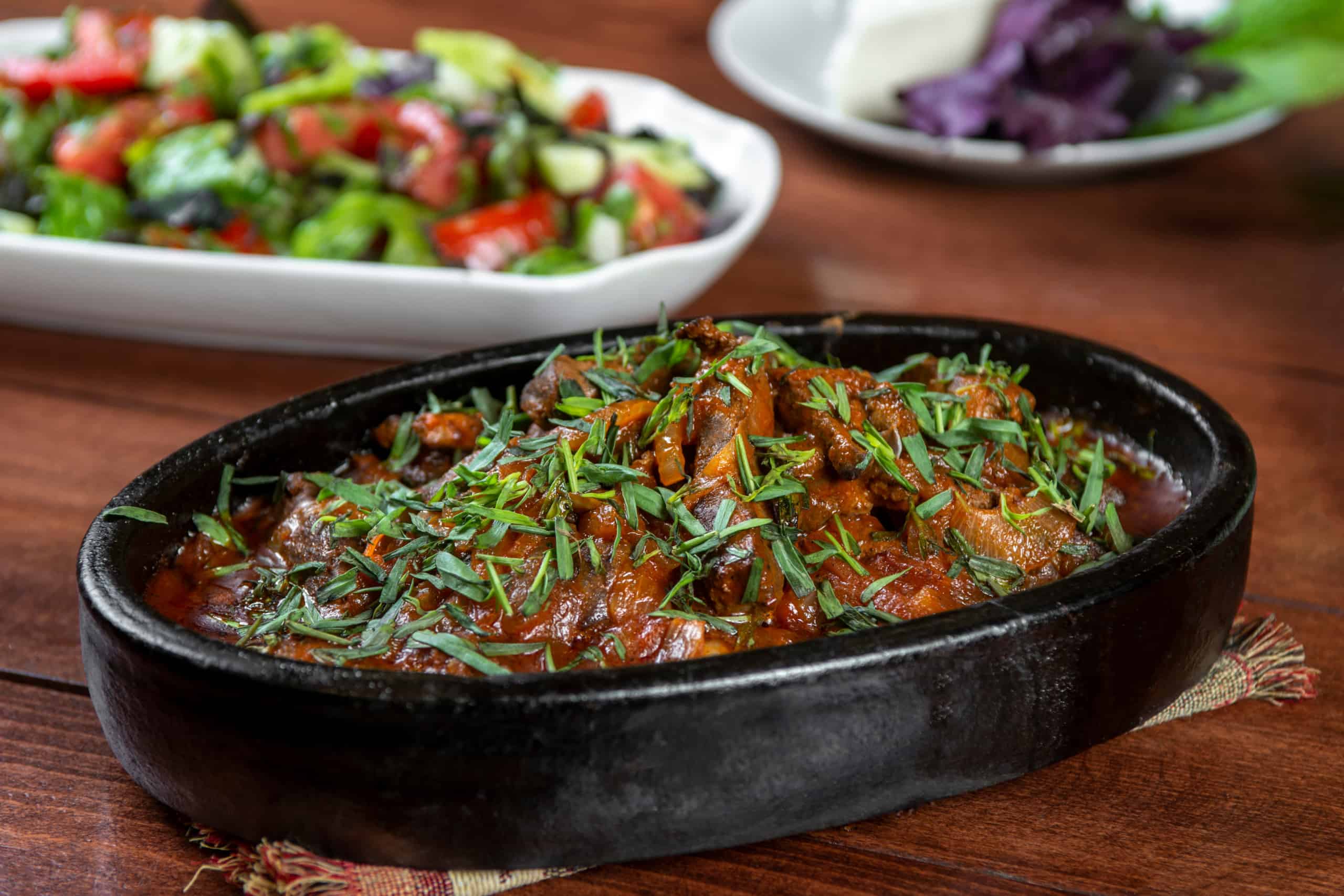
B12 Is Everywhere
As you can see, there’s a lot of types of food from different countries and cultures around the world, that will net you plenty of vitamin B12 to saturate your cells and tissues (as long as you can absorb it). Each cuisine offers its own cultural twist.
Bon appétit.